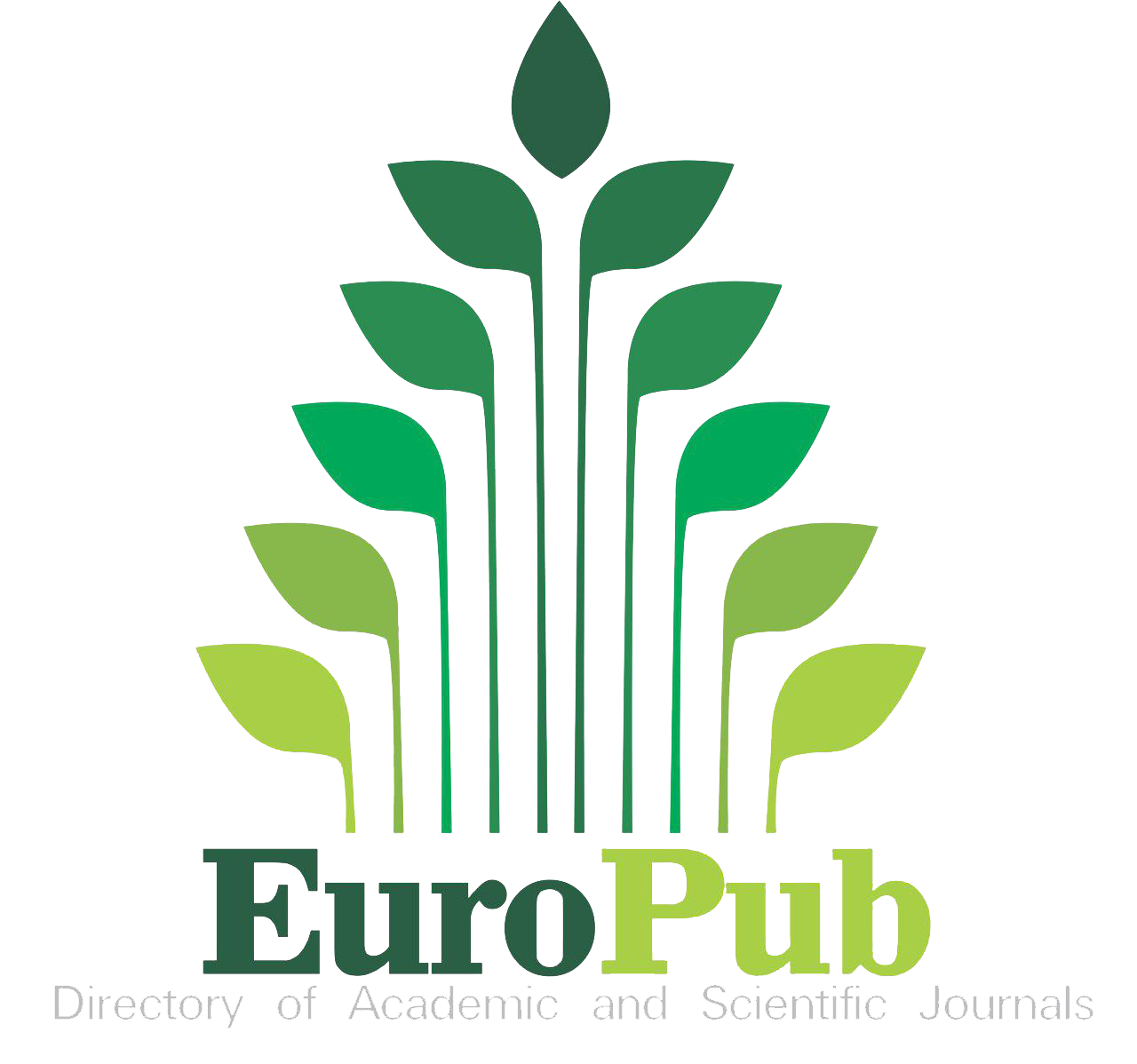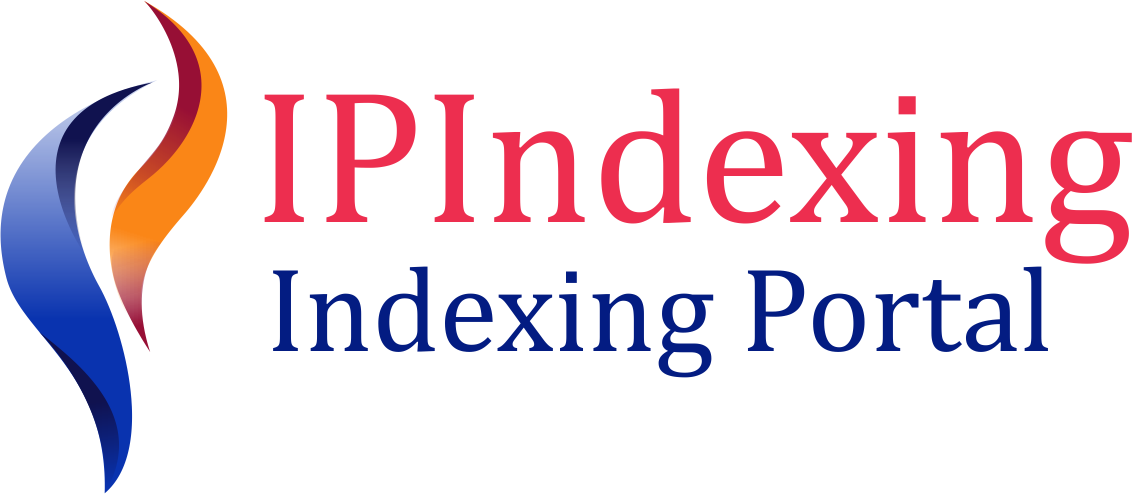Integration of Technology in Digital Learning in High School Classroom in Beijing: A Review of Literature
DOI:
https://doi.org/10.60072/ijeissah.2023.v2i01.014Abstract
The introduction highlights the necessity of conducting assessment study of digital learning environments in high schools located in Beijing. The literature review elucidates the swift progression of technology and its influence on educational paradigms. The present study outlines the parameters, aims, and significance of the research, underscoring the imperative to comprehend the integration of technology inside high school instructional settings characterized by diversity. This study explores the global conversation surrounding the integration of technology, with a specific focus on the distinctive setting of high schools in Beijing. The primary objective of doing a literature synthesis is to discern patterns, obstacles, and exemplary approaches, so establishing a fundamental basis for subsequent contrasted examination. The discussion provides a Comprehensive analysis of the important conclusions derived from the comparison study. This study examines the disparities in the implementation and effects of digital learning platforms among high schools in Beijing. This paper examines the evaluation of ways for implementing technology, the roles of teachers in this process, and the experiences of students. The objective of this study is to elucidate the intricacies associated with the integration of technology, providing insight into the contextual elements that impact its efficacy. Finally, this study proves the big trends, problems, and wins that have been seen in putting technology into high school classrooms in Beijing. The conclusion also includes suggestions for teachers, policymakers, and future research projects. These add to the ongoing discussion about how to make digital learning spaces better in a variety of school settings.
Keywords:
Beijing, Digital Learning Environments, Educational Technology, Student Engagement, Technological IntegrationReferences
Albiladi, W. S., & Alshareef, K. K. (2019, March). Journal of Language Teaching and Research, Vol. 10, No. 2, pp. 232-238, March 2019. Journal of Language Teaching and Research, Vol. 10, No. 2, Pp. 232-238, March 2019. http://www.academypublication.com/issues2/jltr/vol10/02/jltr1002.pdf#page=20
Anmary, A. S., & Mohammed, L. A. (2022). The Effect of Video Presentations on Achieving Academic Performance Among ESL Students in Malaysia. International Journal of Emerging Issues in Social Science, Arts and Humanities (IJEISSAH), 1(1), 52-56. DOI: https://doi.org/10.60072/ijeissah.2022.v1i01.005
Bao, W. (2020). COVID‐19 and online teaching in higher education: A case study of Peking University. Human Behavior and Emerging Technologies, 2(2), 113–115. https://onlinelibrary.wiley.com/doi/full/10.1002/hbe2.191
Hansen, B. (2019). The digital revolution – digital entrepreneurship and transformation in Beijing. Small Enterprise Research, 26(1), 36–54. https://doi.org/10.1080/13215906.2019.1570321
Hua, J., & Shaw, R. (2020). CoronaVirus (COVID-19) “Infodemic” and Emerging Issues through a Data Lens: The Case of China. International Journal of Environmental Research and Public Health, 17(7), 2309. https://doi.org/10.3390/ijerph17072309
Jayampathy, A., Mohammed, L. A., & Anmary, S. A. (2023). The Challenges Confronted by the Asian English as Second Language Teachers on Implementation of E-Learning During Covid-19 Pandemic. International Journal of Emerging Issues in Social Science, Arts and Humanities (IJEISSAH), 1(2), 01-20. DOI: https://doi.org/10.60072/ijeissah.2023.v1i02.001
Jiafeng, G. (2021). Family Conditions and the Accessibility of Online Education: The Digital Divide and Mediating Factors. Sustainability, 13(15), 8590. https://doi.org/10.3390/su13158590
Liu, X., Zhou, J., Chen, L., Yang, Y., & Tan, J. (2020). Impact of COVID‐19 epidemic on live online dental continuing education. European Journal of Dental Education, 24(4), 786–789. https://doi.org/10.1111/eje.12569
Moorhouse, B. L., & Wong, K. M. (2021). Blending asynchronous and synchronous digital technologies and instructional approaches to facilitate remote learning. Journal of Computers in Education. https://doi.org/10.1007/s40692-021-00195-8
O’Brien, W., Adamakis, M., O’ Brien, N., Onofre, M., Martins, J., Dania, A., Makopoulou, K., Herold, F., Ng, K., & Costa, J. (2020). Implications for European Physical Education Teacher Education during the COVID-19 pandemic: a cross-institutional SWOT analysis. European Journal of Teacher Education, 43(4), 503–522. https://doi.org/10.1080/02619768.2020.1823963
ÓhÉigeartaigh, S. S., Whittlestone, J., Liu, Y., Zeng, Y., & Liu, Z. (2020). Overcoming Barriers to Cross-cultural Cooperation in AI Ethics and Governance. Philosophy & Technology, 33(4), 571–593. https://doi.org/10.1007/s13347-020-00402-x
Pregowska, A., Masztalerz, K., Garlińska, M., & Osial, M. (2021). A Worldwide Journey through Distance Education—From the Post Office to Virtual, Augmented and Mixed Realities, and Education during the COVID-19 Pandemic. Education Sciences, 11(3), 118. https://doi.org/10.3390/educsci11030118
Rapanta, C., Botturi, L., Goodyear, P., Guàrdia, L., & Koole, M. (2021). Balancing technology, pedagogy and the new normal: Post-pandemic challenges for higher education. Postdigital Science and Education, 3(3). https://doi.org/10.1007/s42438-021-00249-1
Ratna, A., Mohammed, L. A., Kirpalani, A., Hiranandani, K., Tolani, L., & Nandi, S. (2023). Impacts of Gamification Learning Approach on Student’s Performance and Perception During Covid 19 Post Pandemic 2021 In Indonesia New Normal Learning Setting. Journal Research of Social, Science, Economics, and Management, 2(07), 1392-1406. DOI: https://doi.org/10.59141/jrssem.v2i07.384
Shen, K., Cheng, C., Li, X., & Zhang, Z. (2019). Environmental Cost-Benefit Analysis of Prefabricated Public Housing in Beijing. Sustainability, 11(1), 207. https://doi.org/10.3390/su11010207
Shen, R. (2023). Design and Research of Beijing Eight Imperial Handicrafts Popular Science APP Based on CUBI Model. Studies in Art and Architecture, 2(1), 10-15.
Tomczyk, Ł. (2019). Skills in the area of digital safety as a key component of digital literacy among teachers. Education and Information Technologies. https://doi.org/10.1007/s10639-019-09980-6
Yang, Y., Juntao, L., & Lingling, P. (2020). Multi-robot path planning based on a deep reinforcement learning DQN algorithm. CAAI Transactions on Intelligence Technology. https://doi.org/10.1049/trit.2020.0024
Yao, Y., Zhang, H., Liu, X., Liu, X., Chu, T., & Zeng, Y. (2021). Bridging the digital divide between old and young people in China: challenges and opportunities. The Lancet Healthy Longevity, 2(3), e125–e126. https://doi.org/10.1016/S2666-7568(21)00032-5
Zhai, X., Zhang, M., Li, M., & Zhang, X. (2019). Understanding the relationship between levels of mobile technology use in high school physics classrooms and the learning outcome. British Journal of Educational Technology, 50(2), 750–766. https://doi.org/10.1111/bjet.12700
Zhang, H., Yu, L., Ji, M., Cui, Y., Liu, D., Li, Y., Liu, H., & Wang, Y. (2020). Investigating high school students’ perceptions and presences under VR learning environment. Interactive Learning Environments, 28(5), 635–655. https://doi.org/10.1080/10494820.2019.1709211
Zhang, W. (2023). Chinese School Principals Explore the Fifth Discipline Fostering a Learning Community in a High School in Beijing. International Journal of Educational Reform, 105678792210760. https://doi.org/10.1177/10567879221076083
Жоусянь, О. (2022). Comparative analysis of the Chinese and Russian digital educational environment in high education (using the example of Moscow Pedagogical State University and Beijing State Pedagogical University). Педагогика и просвещение, (2), 35-46.
























